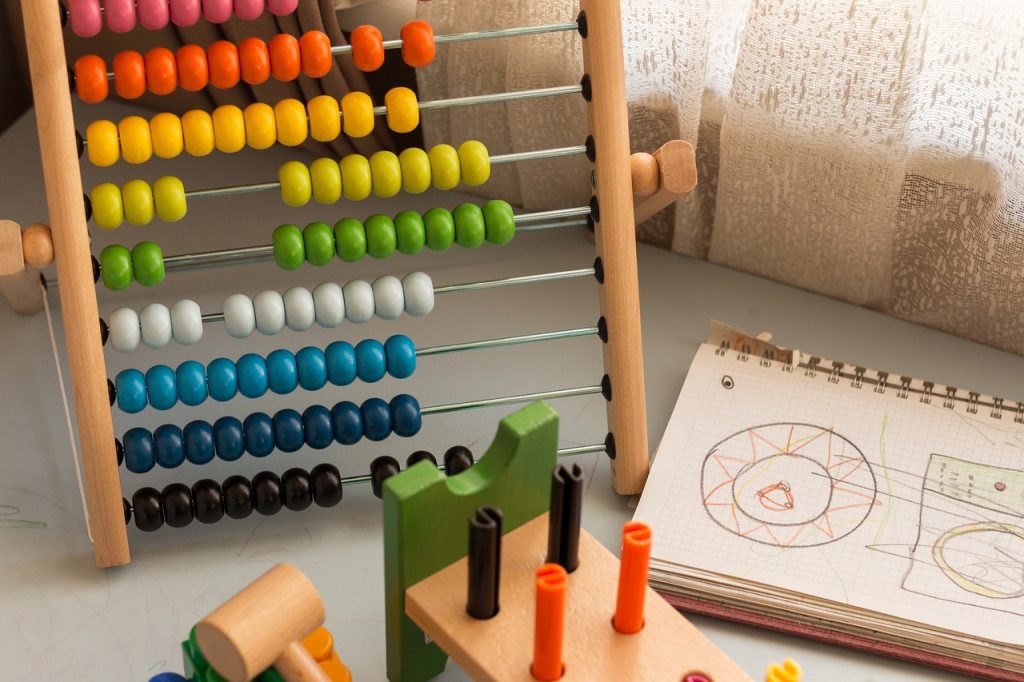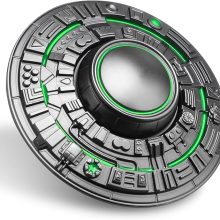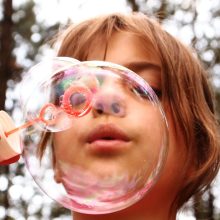Finding The Best Educational Toys: Toytazia’s Guide Learning

In today’s dynamic and technology-driven world, parents are continually seeking ways to enhance their children’s learning experiences. Among the myriad of options available, the best educational toys stand out as powerful tools for fostering cognitive development, nurturing creativity, and promoting critical thinking skills in young minds. However, not all educational toys are created equal. To help parents navigate the vast array of choices, it’s essential to understand what qualities to look for and what to avoid when selecting educational toys.
Qualities to Look For:
- Promotes Active Engagement: Educational toys that encourage active engagement are crucial for stimulating children’s minds and fostering a love for learning. These toys require hands-on manipulation, problem-solving, and exploration, allowing children to take an active role in their learning process. Examples include building blocks, puzzles, and science kits, which not only entertain but also stimulate curiosity and encourage independent exploration.
- Encourages Creativity: Creativity is a cornerstone of learning and innovation. Therefore, look for toys that spark imagination and encourage creative expression. Open-ended toys such as art supplies, dress-up costumes, and construction sets provide children with the freedom to explore their imagination without limitations. By engaging in imaginative play, children develop divergent thinking skills, learn to think outside the box, and cultivate their unique ideas and perspectives.
- Age-Appropriate: Selecting toys that are suitable for your child’s age and developmental stage is crucial for ensuring meaningful learning experiences. Consider toys that align with your child’s cognitive abilities, interests, and motor skills. Age-appropriate toys not only capture children’s attention but also provide appropriate challenges that facilitate skill development and knowledge acquisition. By choosing toys that match your child’s developmental needs, you can optimize their learning potential and promote healthy growth and development.
- Multifunctional: Versatile toys that serve multiple purposes are valuable assets in a child’s toy collection. These toys provide endless opportunities for exploration, experimentation, and creativity, ensuring prolonged engagement and continuous learning. Look for toys with interchangeable parts, adjustable difficulty levels, or modular designs that adapt to your child’s evolving interests and abilities. By investing in multifunctional toys, you can maximize their educational value and longevity, providing your child with enriching learning experiences for years to come.
- Promotes Social Interaction: Social skills are essential for navigating the complexities of human relationships and fostering positive connections with others. Therefore, choose toys that promote social interaction and cooperation among children. Games that require teamwork, communication, and collaboration, such as cooperative board games, role-playing sets, and group building projects, help children develop essential social skills such as empathy, cooperation, and conflict resolution. By encouraging social interaction through play, you can help your child build strong interpersonal skills and cultivate meaningful relationships with their peers.
Qualities to Avoid:
- Overstimulating Technology: While technology can offer valuable learning opportunities, excessive screen time and reliance on electronic gadgets can hinder children’s development. Avoid toys that prioritize passive interaction or overstimulating digital content, as they may impede creativity, imagination, and social skills development. Instead, opt for toys that strike a balance between technology and hands-on engagement, promoting active learning and exploration in real-world contexts.
- One-Dimensional Play: Toys that offer limited play value or restrict children to a single activity or outcome may quickly lose their appeal and fail to engage young minds effectively. Avoid toys that lack versatility, flexibility, or opportunities for creative expression, as they may lead to boredom and disinterest. Instead, choose toys that offer multiple play options, encourage open-ended exploration, and adapt to children’s changing interests and abilities over time.
- Gender Stereotyping: Be mindful of toys that perpetuate gender stereotypes or limit children’s interests based on their gender. Avoid toys that are marketed exclusively to boys or girls and instead opt for gender-neutral options that appeal to all children and encourage diverse interests and activities. By providing children with a variety of toys that reflect their individual preferences and abilities, you can help break down gender barriers and promote inclusivity and equality in play.
- Unsafe Materials: Safety should always be a top priority when selecting toys for your child. Avoid toys made from hazardous materials or containing small parts that pose choking hazards, sharp edges that could cause injury, or toxic substances that may harm children’s health. Be sure to check for safety certifications and labels indicating that the toy meets rigorous safety standards and guidelines. By prioritizing safety in toy selection, you can ensure that your child’s play experiences are both enjoyable and risk-free.
- Limited Educational Value: Not all toys marketed as “educational” provide meaningful learning experiences for children. Beware of toys that prioritize entertainment value over educational content or offer shallow and superficial learning experiences. Instead, choose toys that align with your child’s interests and learning goals, providing opportunities for skill development, problem-solving, and critical thinking. Look for toys that stimulate multiple aspects of a child’s development, including cognitive, social, emotional, and physical skills, ensuring a well-rounded and holistic approach to learning through play.
Educational toys play a vital role in shaping children’s development and laying the foundation for lifelong learning success. By selecting high-quality toys that promote active engagement, creativity, and social interaction while avoiding those that offer limited value or reinforce stereotypes, parents can provide their children with enriching play experiences that foster growth, curiosity, and exploration. Remember, the best educational toys are not just objects; they are gateways to a world of discovery, imagination, and endless possibilities.




